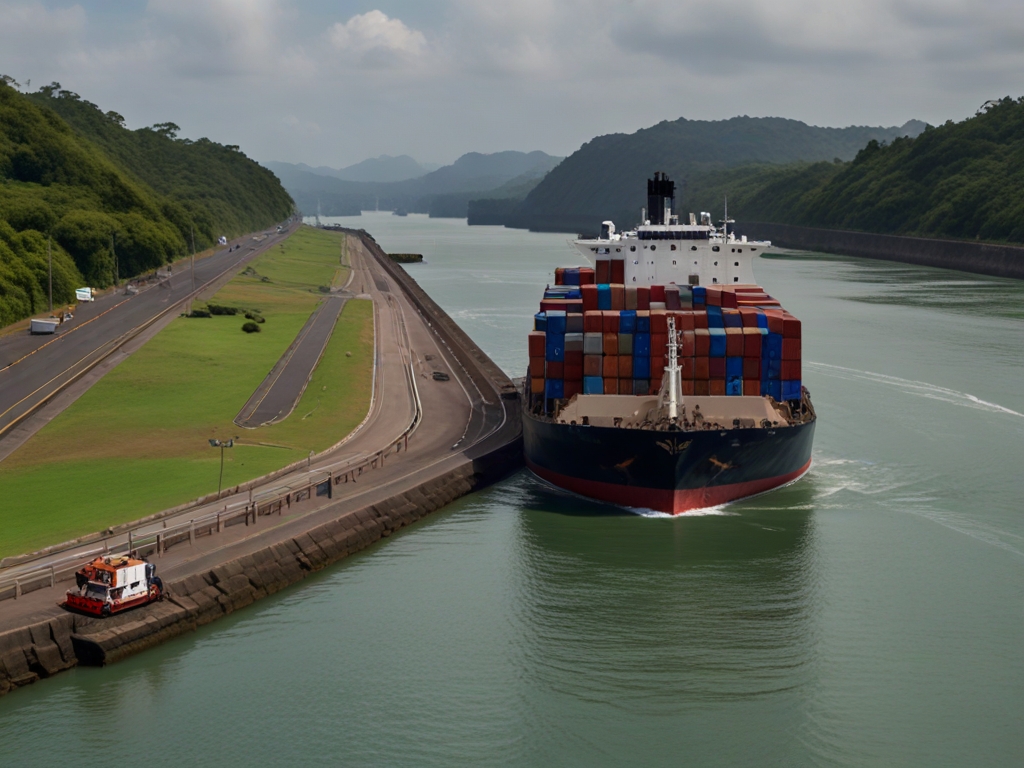The most dangerous challenge the Panama Canal faces is that of climate change, a downside mostly felt through few but severe events. By sea level rise together with increased climate change, we can predict more and more extreme weather instants which will likely influence canals’ operations and the operation of the whole transport system in general. It is only to be expected such a factor will give rise to concerns among operators of marine systems as well as policy makers.
Rise of ocean level might have disastrous consequences since Panama Canal be congested. In contrast to the owing depletion of polar caps and glaciers on account of melting there is a clear increase in sea levels. This will, consequently, give rise to water alignment chances being combined with the favorable hedge of water present in the canal system thus leading to invasion of saline water into the channel and thus eventually wrecking its functioning.
Besides, the extreme weather at the present time such as the intensified and recurring tropical storms and rising rainfall events is also adding up to the problems. The storm surge and flash floods hitting the canal could drown parts of the canal (those with limited passageways for boats or shallow sections), thereby affecting the functionality of locks, flood gates and dredging equipment and thereby imposing huge costs and lengthy maintenance period.
Besides the problem of climate change for Panama Canal existing as an independant obstacle, the other consequences of climate change also considerably affect the working of the canal. The growing ecosystem importance of canals’ ecological status is a constant concern due to the fact that climate changes result in disruption of local ecosystems functioning, adoptive species incurring the loss of biodiversity in the immediate area.
The confluence neutrality security Panam Canal by the impacts presented by climate change consequently needs multifaceted strategies. The durability of infrastructure becomes important, so it is better to deal with the problem of flooding and waterproofing utilities prior to an event that might cause a catastrophic accident. Also, stabilizing bank slopes might be an option to make the operations more safe. Moreover, besides this site, at the global level, CO2 emission pressure and the consequences of this climate change remains a critical issue and effort needs to be made to solve this problem. Secondly, the canal itself should be protected for years to come.
In this junction, the Panama Canal must utilize mutual understanding and concerted effort to find the way around problems the climate change brings. The stakeholders simply aim not only to be sustainable but also ready to face unexpected challenges to achieve this objective. They will have to work together because it brings danger not only to the cargo ships but to the global trade and connection when the climate further worsens from the shipping emissions.


